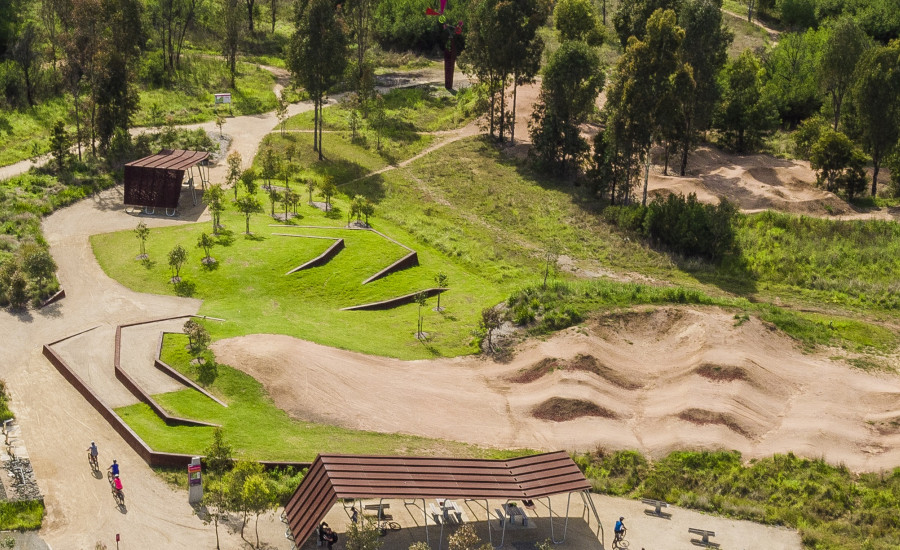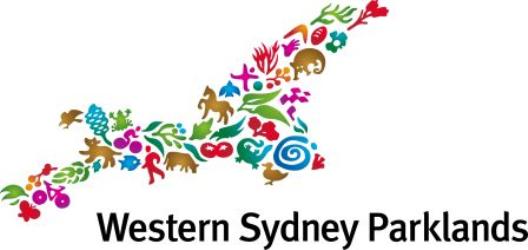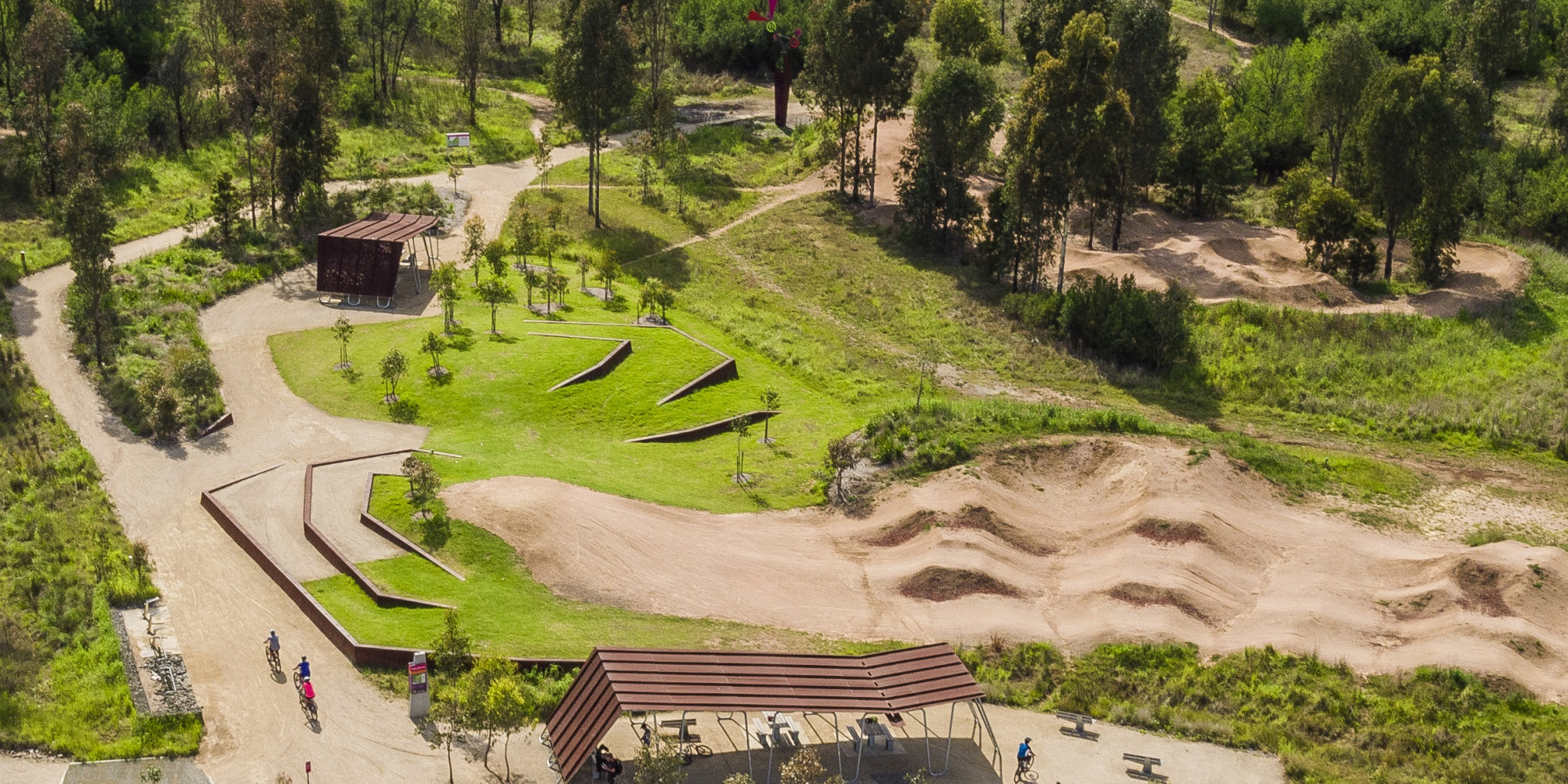Moving the trail for the trees
Published: 12 December 2018 at 12:00 am

A few weeks ago, a fallen branch in a mature spotted gum on the Wylde mountain bike trail exposed several remnant trees with hollows.
Our team of Park Coordinators was faced with a difficult decision. The branch was so heavy that the tree was made imbalanced and unstable without it and had become a risk to trail users. With so much weight being lost, there was a chance that another branch could fall. It was not safe for the bike track to continue to pass beneath the tree.
However, it takes around fifty years to form a good hollow in a spotted gum. Seventy per cent of Parklands wildlife use hollows as a habitat. They provide refuge from weather and predators, and safe sites for roosting and breeding. When we move trees with hollows – dead trees provide the same benefits as living ones – we displace animal families from their homes.
Park Coordinators work with a range of Parklands staff and other stakeholders to manage specific areas of the 5,000-hectare Western Sydney Parklands. One of their challenges is to find balanced approaches that work for both park users and wildlife species. Sometimes they have to think outside of the square to come up with innovative solutions.
So, our team came up with a creative decision. Instead of chopping the tree down, they opted to move the mountain bike trail itself. And by no small distance either – it has now shifted a few hundred meters! Now trail users ride around the tree, an example of how humans can adapt to the local environment and reduce our impact on the other “locals”.
Not long after the trail was moved, one of our staff spotted this possum popping his head out of the hollow. It looks like they made the best decision.


